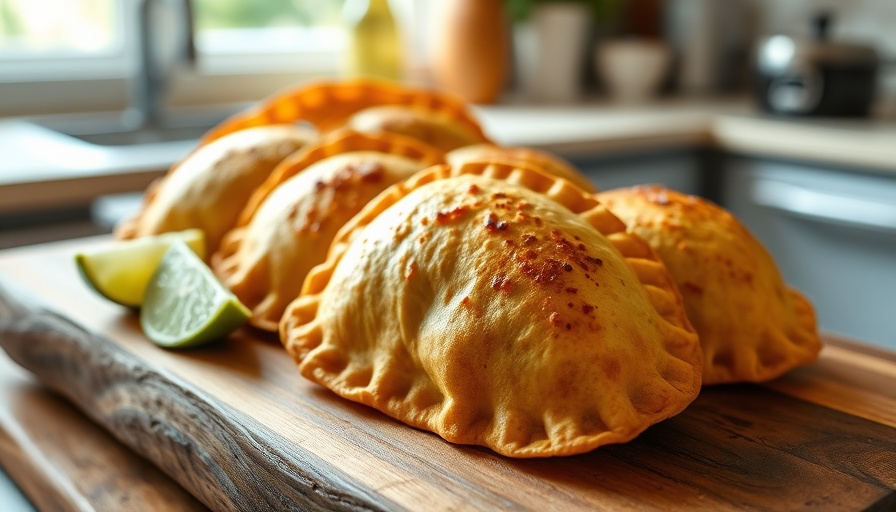
A Culinary Delight: The Timeless Recipe of Pulpo al Olivo
In the heart of Peruvian cuisine lies a dish that encapsulates both tradition and flavor: pulpo al olivo. This exquisite octopus dish not only makes for a delightful dining experience but also showcases the rich cultural heritage that Peru has to offer. Today, we’ll explore the intricacies of preparing this dish and its significance within the realm of authentic Peruvian recipes.
We came across the video titled 'PULPO AL OLIVO,' which covers this traditional dish, and it raised some compelling points that we’re expanding on in this article.
Understanding the Ingredients
The journey begins with selecting the right octopus. A two-kilogram octopus takes about 45 minutes to cook, with the cooking time varying based on the size of the octopus. The process is as much about the preparation as it is about the cooking – ensuring the octopus is thoroughly cleaned and frozen helps to enhance its texture.
The dish is made vibrant with the addition of flavorful elements: laurel leaves, pepper, and a hint of tomato. The seasoning is a matter of personal taste, which is where the creativity of chefs shines. Limiting the preparation to just a few, classic ingredients allows the natural flavors of the octopus to claim the spotlight.
Creating the Perfect Sauce
The secret to pulpo al olivo lies in its sauce. Combining fresh mayo with black and green olives, honey, and avocado provides a creamy, rich component that harmonizes beautifully with the tender octopus. This versatile sauce is not just limited to pulpo; it can elevate various traditional Peruvian dishes with its delightful depth of flavors.
Cultural Significance of Pulpo al Olivo
Each bite of pulpo al olivo pays homage to Peru's culinary history. Traditionally enjoyed as part of celebratory meals, it embodies a sense of community and connection among family and friends. Restaurants that serve this dish are often gateways for patrons to experience the fusion of flavors and culture that make Peruvian cuisine so unique.
Presenting the Dish: A Feast for the Eyes
Presentation plays a crucial role in Peruvian street food culture, and pulpo al olivo is no exception. Generously plating the octopus and garnishing with fresh ingredients, such as herbs and vibrant vegetables, creates an inviting visual feast, reflecting the colorful nature of the country’s food landscape. The combination of colors is symbolic, encouraging diners to appreciate not just the taste, but the art behind the dish.
Cooking Techniques to Master
To create captivating dishes like pulpo al olivo, restaurant owners can share tips that ignite passion in both chefs and customers. Mastering the art of cooking octopus involves understanding how different cooking methods can influence tenderness and flavor, encouraging chefs to innovate within their own menus.
Ultimately, pulpo al olivo stands as a testament to the beauty of traditional Peruvian dishes. With its rich flavors and historical significance, this dish is a must for any restaurant aiming to celebrate the cultural essence of Peru. As we embrace the art of cooking octopus and explore the depths of its flavors, we can forge a deeper connection to the roots of Peruvian cuisine. So gather your ingredients, embrace the tradition, and let your culinary creativity shine!
Don’t forget to join the community of fellow food lovers—share your experiences and tips in the comments below!
 Add Row
Add Row  Add
Add 




Write A Comment